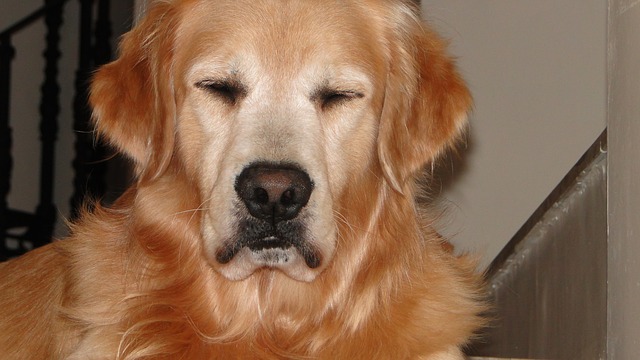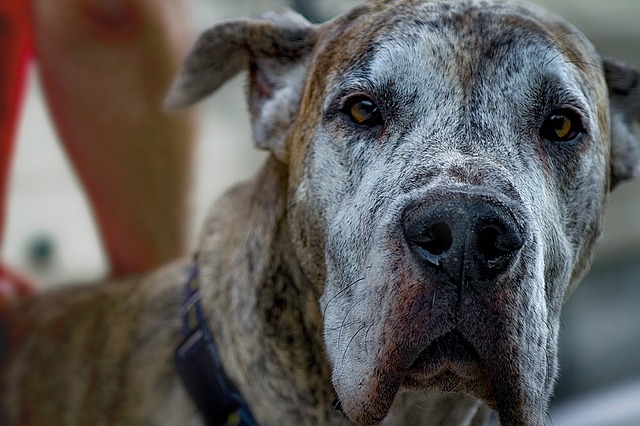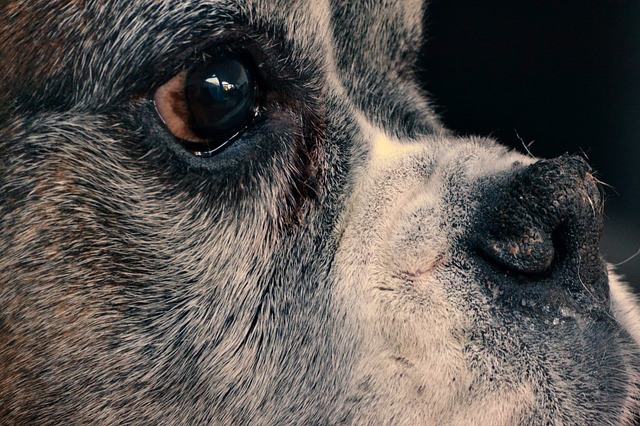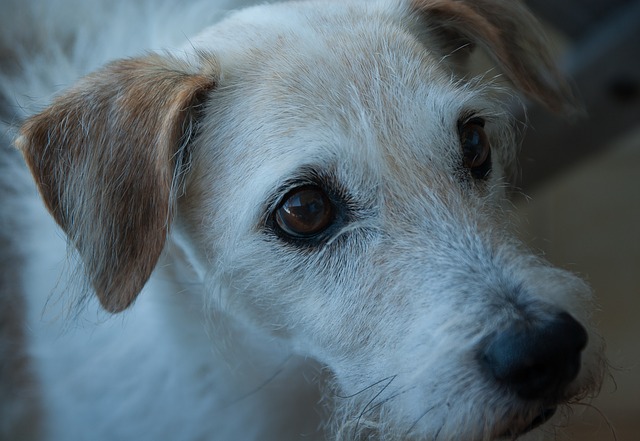Did you know that most dogs that are eventually diagnosed with Cushing’s disease suffer from at least one symptom for 1-6 years before diagnosis? Many owners chalk up their dog’s symptoms to just “old age,” but their pet is actually suffering from the effects of their adrenal glands producing too much cortisol.
While there is no cure for Cushing’s, there are treatments that can greatly increase your dog’s quality of life, and lack of treatment can eventually lead to your dog’s demise. Here are the most common symptoms of Cushing’s disease.

#1 – Increase in drinking and urination
This is the most common symptom of Cushing’s disease and is found in more than 85% of all dogs with the condition. If your housebroken dog has started having accidents inside the house or if you find yourself filling the water bowl more than usual, a trip to the vet is in order.

#2 – Increased hunger
This is the second-most common symptom, found in about 4 out of every 5 dogs with Cushing’s. They may start begging more often, stealing scraps, or getting into the trash. An increase in hunger can be as much of a warning sign that something is wrong with your dog as a decrease in appetite can be.

#3 – Pot belly
About 80% of dogs with Cushing’s disease will develop a pot belly, with all of their body fat moving to their belly and their overall muscle tone decreasing, leading to a saggy, overly-round belly.
#4 – Hair loss and thin skin
Hair loss is one of the leading reasons that owners bring their dogs in to be evaluated for Cushing’s. The hair loss usually starts in places that get a lot of wear, such as their elbows and belly, and then progresses to the rest of their body. Their skin may become so thin, it can tear easily and be slow to heal.

#5 – Various other symptoms
There are many other, somewhat less common symptoms of Cushing’s, such as a decrease in energy level, skin infections, hypertension, bladder or kidney infection, panting, and fat accumulation around the neck and shoulders.
Cushing’s disease can affect dogs of any age, but it commonly starts around age 6. If your dog is middle-aged or elderly and has at least one of these symptoms, he should be evaluated for the possibility of having Cushing’s disease. He will thank you for an early intervention.
(H/T: Caring for a Senior Dog, Pet Education)

